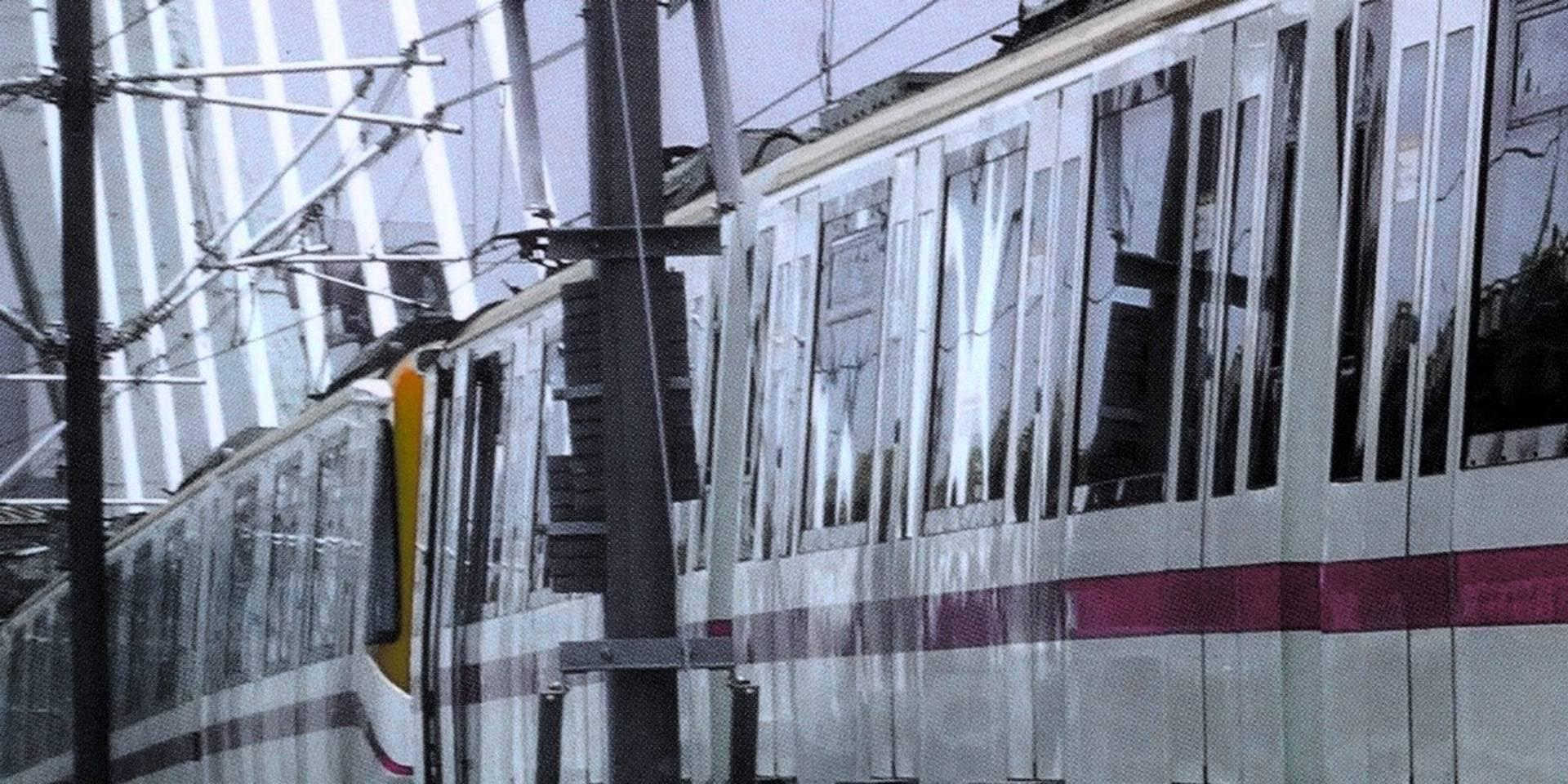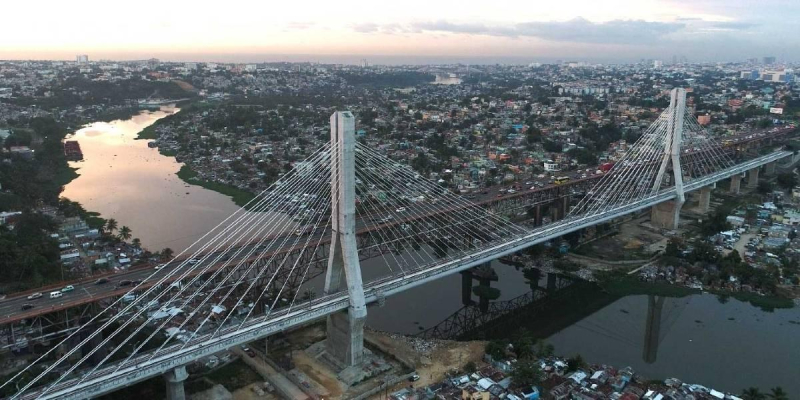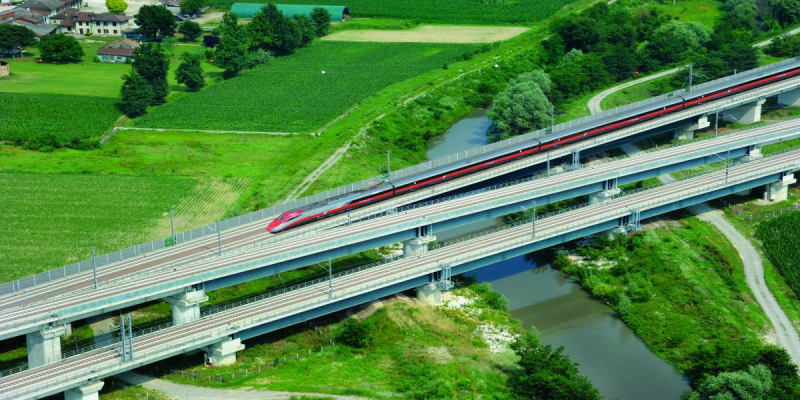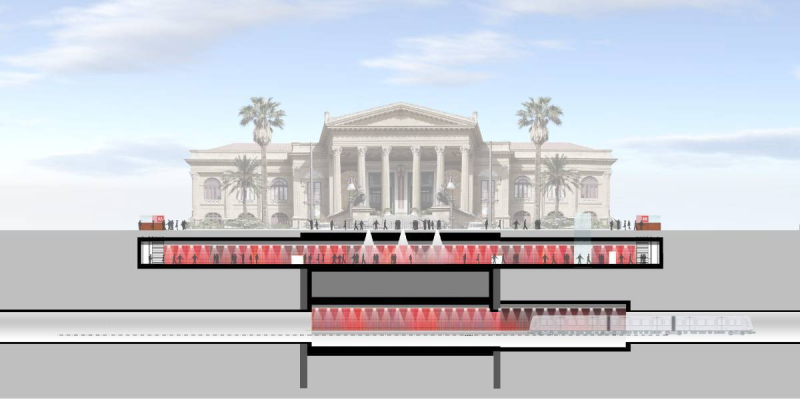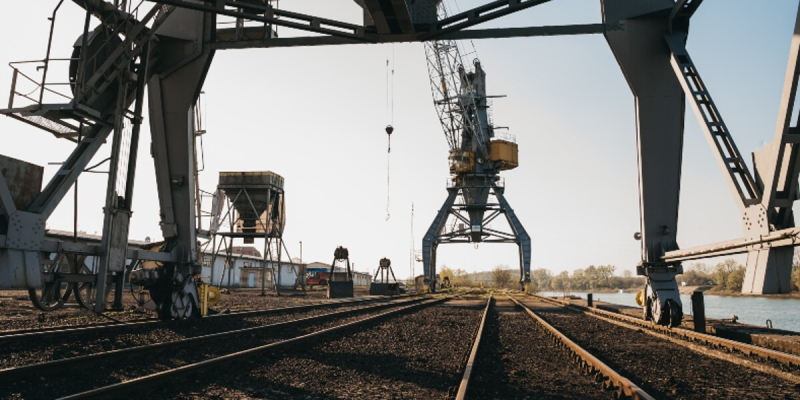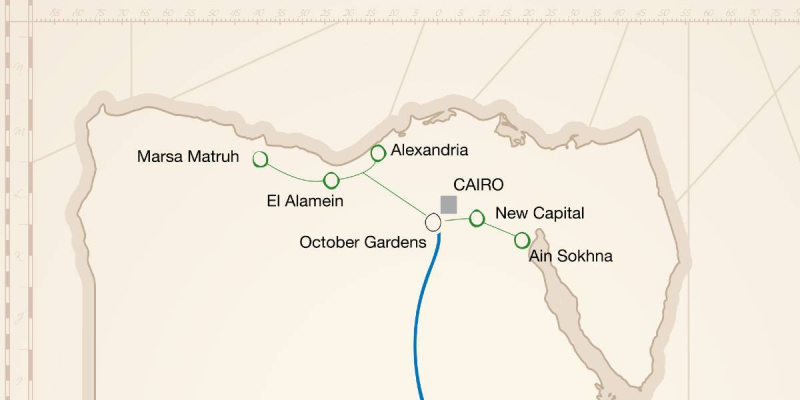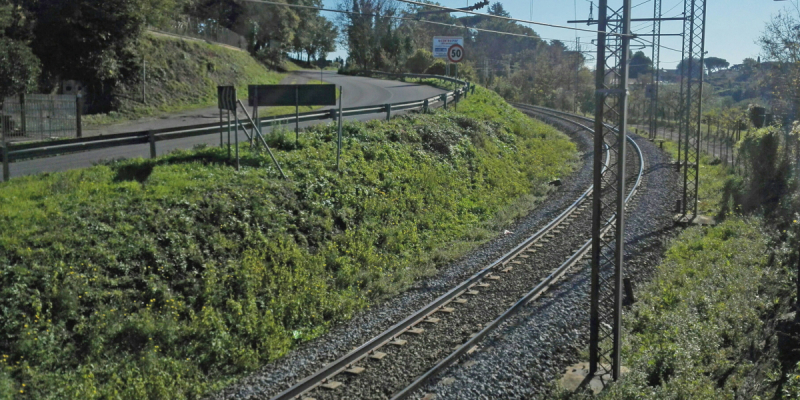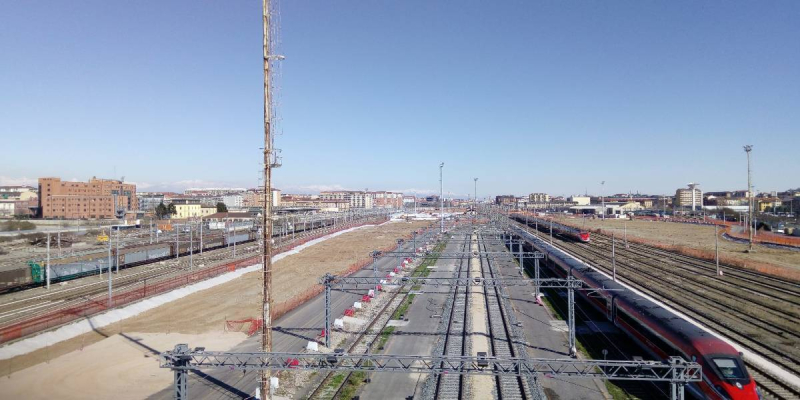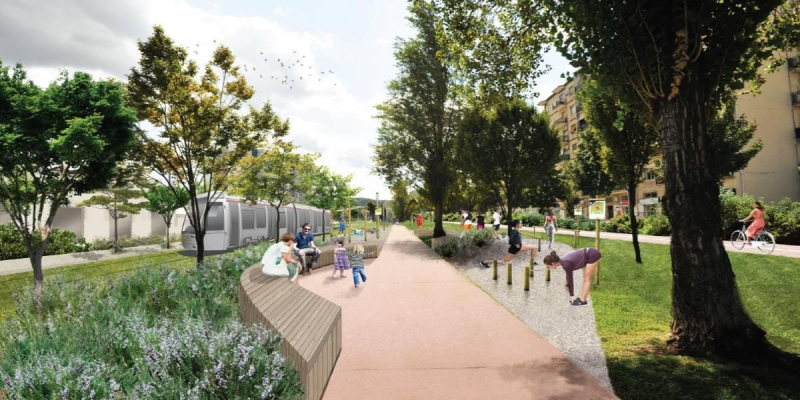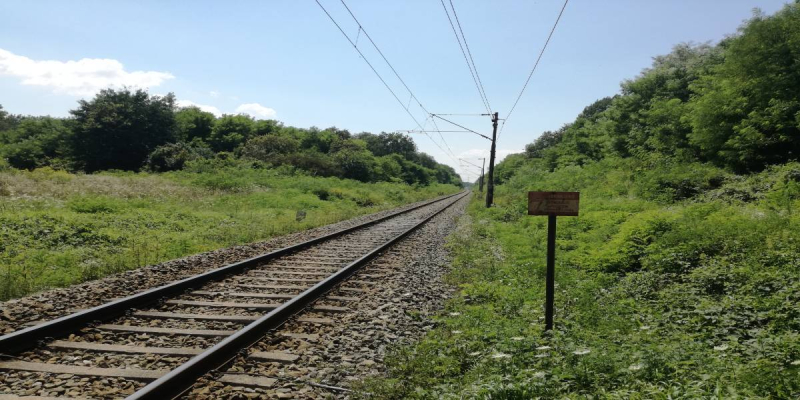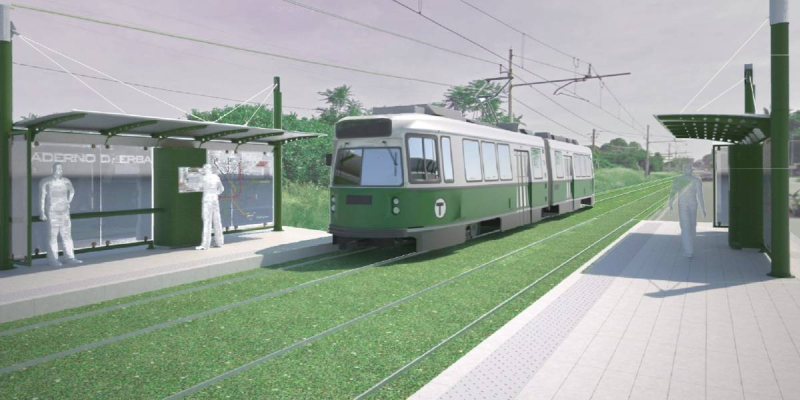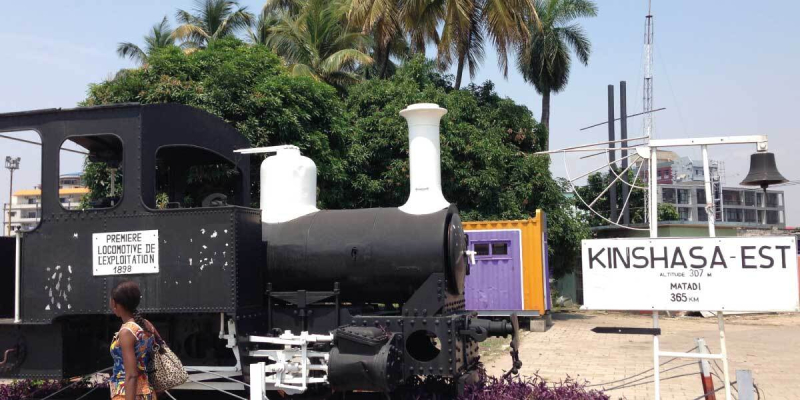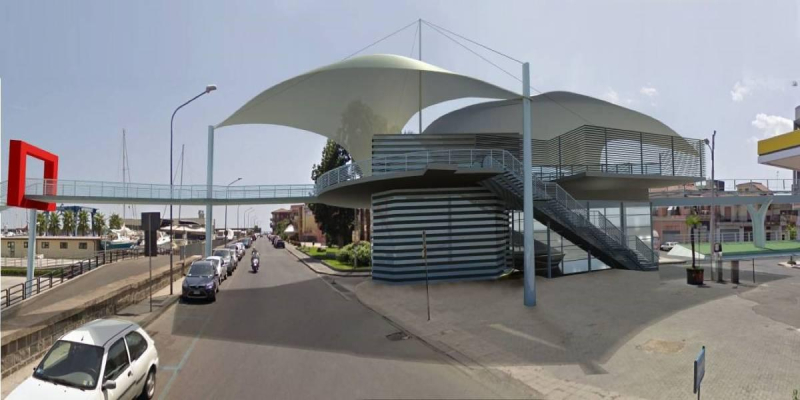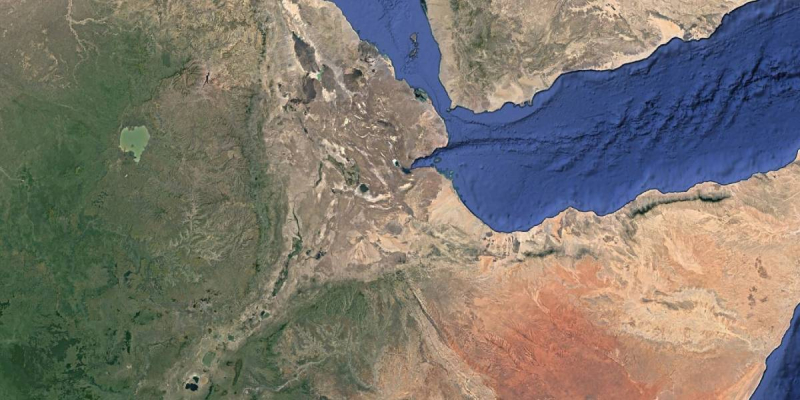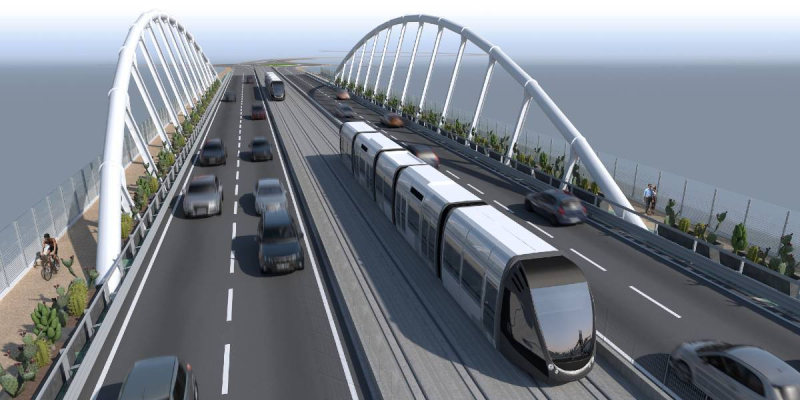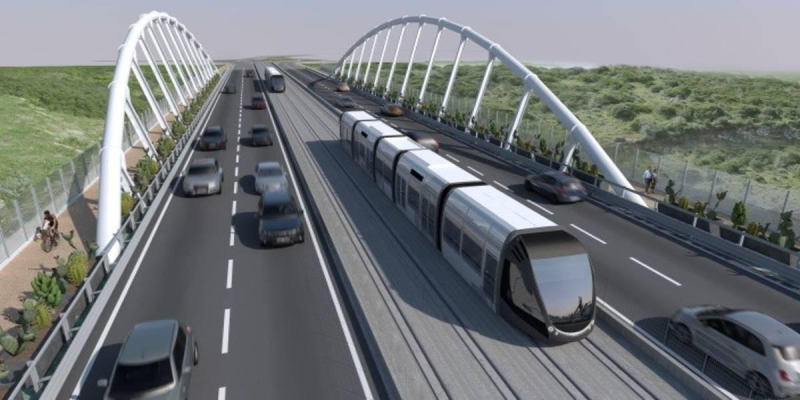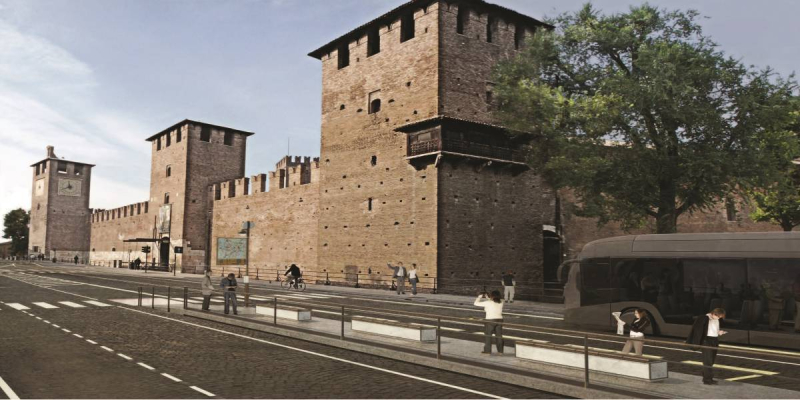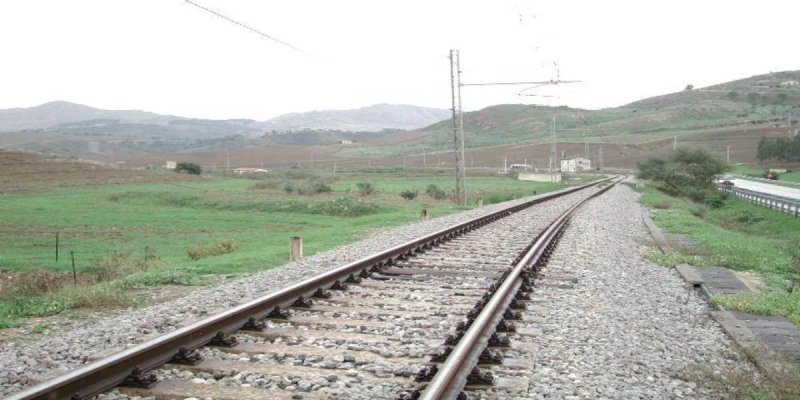
Chemins de fer et transports urbains Transport urbain
Tramway system of Palermo (Italy)
The expansion of the tram system of Palermo aims at the ambitious goal of providing the city with a secure, modern, punctual, comfortable, silent and zero emission transport service. The planned tram network is fully integrated into the Local Public Transport of the city of Palermo, based both on fast metropolitan mobility systems and urban and extra-urban road transport systems. The purpose is to create an intermodal transport system that connects and makes accessible the main areas of the city, the university and hospitals, the suburbs and the seaside villages.
The technical and economic feasibility project relates to 7 lines sections for a total of approximately 67 km of network; the project also envisages the construction of a new warehouse, the re-organisation of some urban interchanges and a network of 14 multi-storey car parks.
The standard sections are single and double-track, both protected and traffic mixed lanes.
The whole new tram network is entirely catenary free, with gauge identical to that of existing lines and equipped with hybrid vehicles.
The catenary free system provides for the adoption of a cutting edge technological solution among those present on the international scene, represented by cars equipped with ultra-light and high capacity batteries and super-capacitors, with short charging periods and considerable autonomy. This technology is the only one that allows the transformation of existing cars into hybrids, allowing the service also on new routes with obvious economic - managerial advantages. The proposed refill system has been selected to offer the best possible combination of production and management costs, functional efficiency and, above all, impact reduction. This system provides, in addition to recharging deposits when the rolling stock is not in service, the application of the opportunity charging, which allows recharging during braking and at some special stops, as well as a specific power management system widely tested.
The main works are:
- The viaduct on the Orio, which with an expected development of about 180 m, and a cross-section of almost 34 m, crosses the gorge of the river Oreto supported by a tied-arch structure. The bridge is for a double-track tramway, 4 road lanes and 2 cycle / pedestrian tracks.
- The Leonardo da Vinci Viaduct with two lanes and 4 spans of maximum 46 m
- The Calatafimi Viaduct of 6 spans of about 20 m.
- The cut-and-cover tunnels for the intersection with via Basile which consist of the construction of two single-lane artificial tunnels that will converge in a single double-track tunnel under the main avenue (Viale Regione Sicilia) and two road underpasses.
- Pedestrian overpasses via Regione Sicilia, realized with two double-span pedestrian metal walkways of about 30 m and 45 m respectively.
- Giachery Depot dedicated to the overnight stop of about 40 cars, to the cleaning and daily maintenance of the cars in service on 5 lines.
Finally, the project envisaged the adoption of innovative plant components and rolling stock, such as:
- the use of newly designed two-seater vehicles, with a totally lowered floor to facilitate the carriage of people with limited mobility, with a double feeding system equipped with energy recovery systems in braking / descent;
- reduction of maintenance costs of the system and of the traction and power plants;
- n 5 charging stops;
- n 2 new terminals serving the D and G sections;
- traffic light enslavement at intersections;
- centralization in one place of the system of control and supervision of the operation of the whole system;
- adoption of line armaments that realize the optimization between costs and benefits, obtained in terms of noise and transmitted vibrations;
- high efficiency and low consumption lighting systems;
- energy production plants from renewable sources.
Client
Municipality of Palermo
Lieu
Palermo, Italy
Prestations de service
Feasibility Study, Detailed Design
Coût des travaux
Euro 516,507,300

